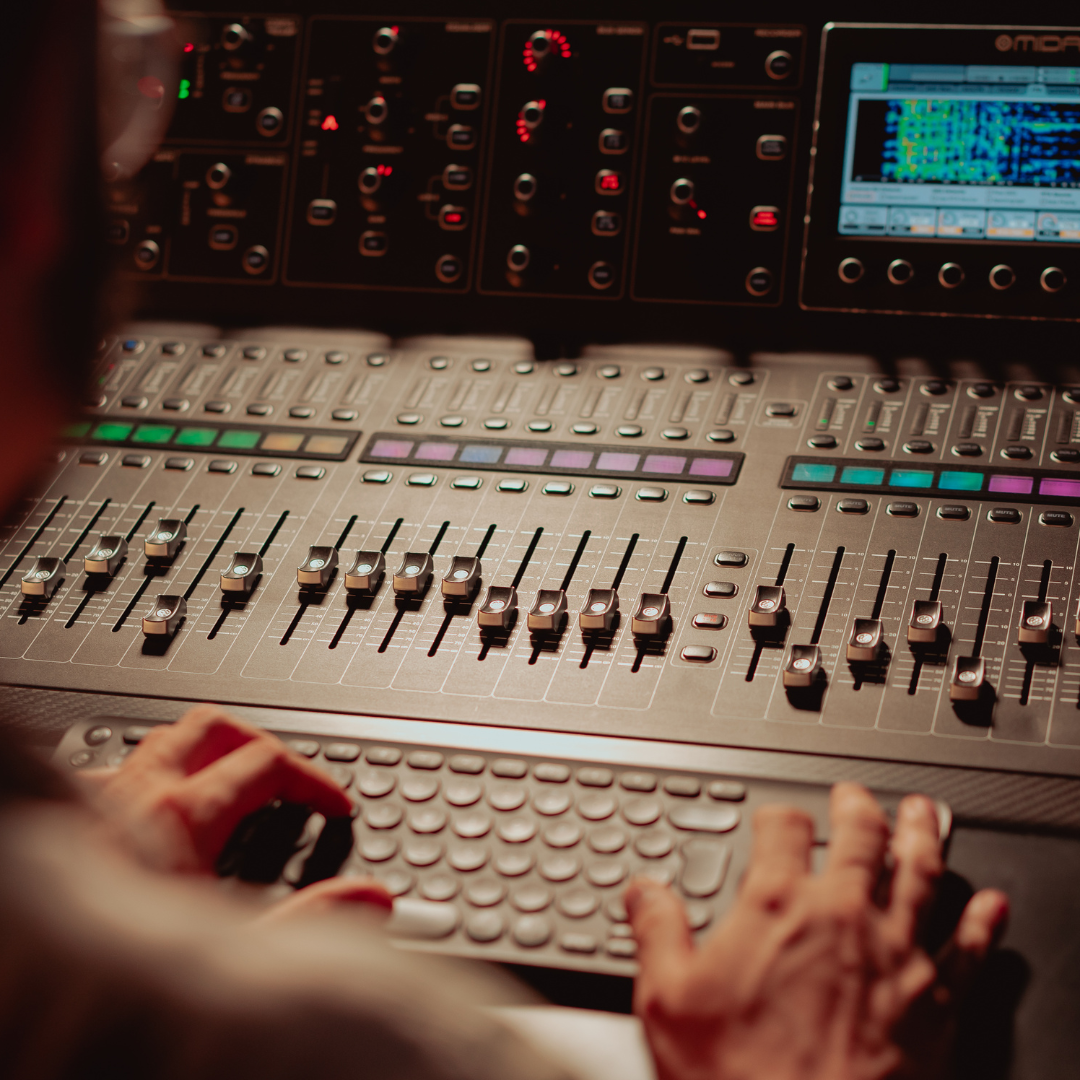Best Audio Panning Techniques
Audio panning, or “stereo panning” in sound mixing, is the process of sending audio from one speaker to another, usually in a musical context. But it is just as effective when adjusting audio for film and video productions. If done correctly, audio panning will add depth to your videos, which can help your audience feel more immersed in the action.
Panning is the act of mixing audio and moving sounds around within a channel or track. It’s the act of mixing audio and moving sounds around within a channel or track. Essentially, it’s how you use your ears to determine how sounds will play in time and space. It can make or break your mix, making it incredibly important to get it right.
Here Are the Best Audio Panning Techniques:
Panning Conventions.
Panning refers to how audio is mixed between the left and right channels. It is used to create stereo and surround sound. Panning conventions commonly use either L-R or S-R. In stereo, left and right channels are mixed, while in the center is a mono signal. In surround sound, the channels are separated by L, R, L, R, L, R, etc. They use the first letter of the channel name to show the predominant signal.
Narrow Verses and Wider Choruses.
Panning is visually defined, but in audio mixing, it means moving a sound source from left to right, front to back, or both. It’s often used to change the position of a musical instrument or pan the sound of a choir or orchestra. Panning is often confused with stereo, which refers to how the sound is perceived. While stereo bandwidth sounds wide, they’re narrow, which causes the soundstage to be perceived as wide. To effectively treat stereo as a wide-space effect, you’ll need to apply the same principles to panning.
Check Work in Mono.
Audio panning — using stereo audio files to create a sense of depth for the listener — is a technique that requires attention to detail and a certain degree of experimentation; not all recordings lend themselves to this technique. While music with a musical or natural vocal source is often the best kind of audio for panning, it can be tricky since many songs contain elements with mono content.
Hard-Panning Doubled Instruments.
While there are several audio production techniques out there, the methods you choose depend on the type of sound you’re creating. Panning, for example, is a technique that takes one audio signal and divides it between different speakers to create an illusion that you hear a stereo image. Hard panning, sometimes called hard stereo imaging, creates the illusion of a stereo image that’s sharply focused. You can hard-pan two notes to create the effect of a single instrument.
Complementary Panning.
Panning is a stereo imaging technique used in film and video production to create three-dimensional sound. The technique involves delivering sound from two or more microphones to listeners differing in their respective left/right locations. If the microphones are panned in different directions, they can affect the listener differently.
Panning refers to the process of moving sound from one speaker to another. Its basic form is to move audio from one or more speakers to the left ear and from one or more speakers to the right ear. However, there are two main ways to pan audio: stereo and surround. Stereo panning involves moving audio from one speaker to the left and right. Surround panning moves audio from one speaker to the left, right, and front.


